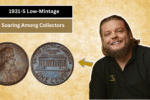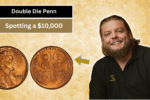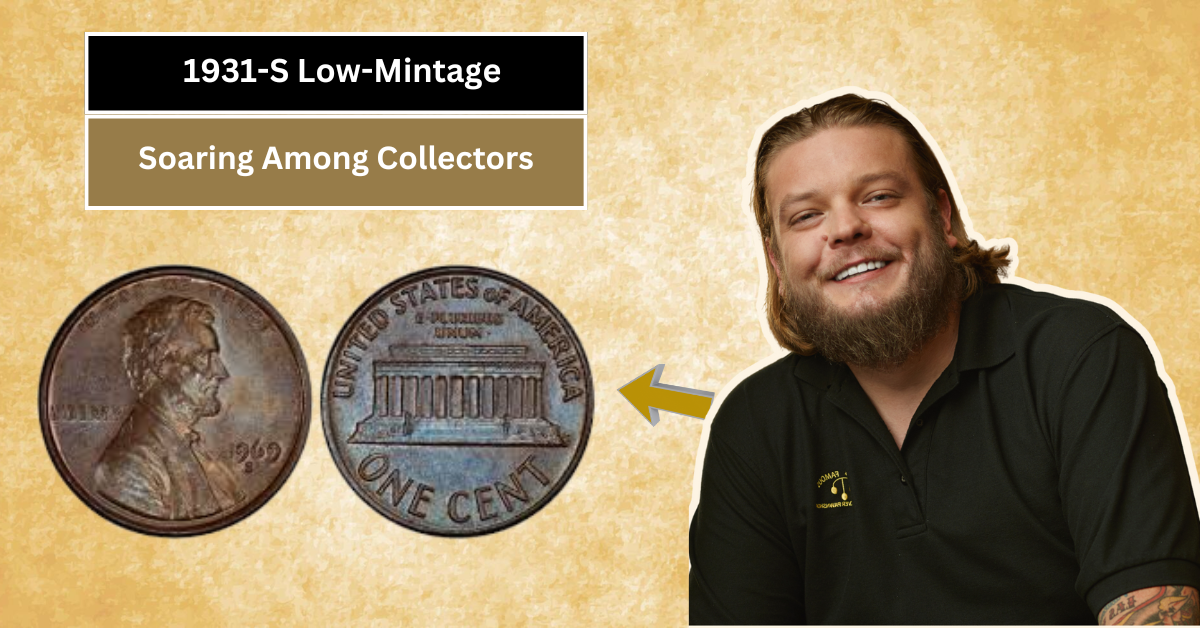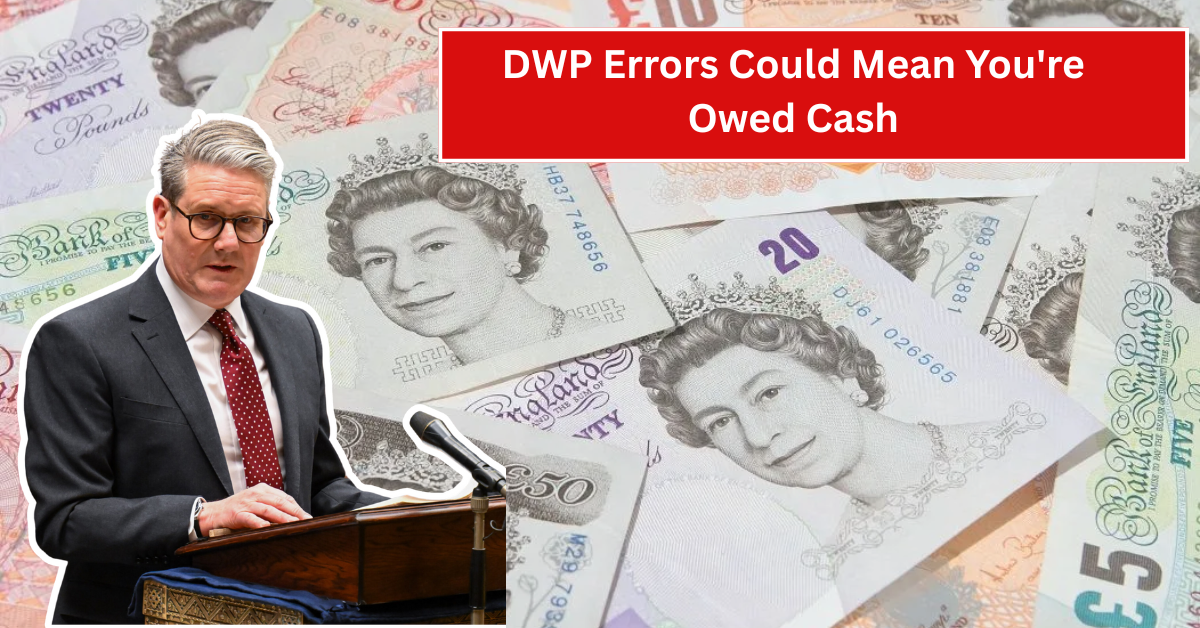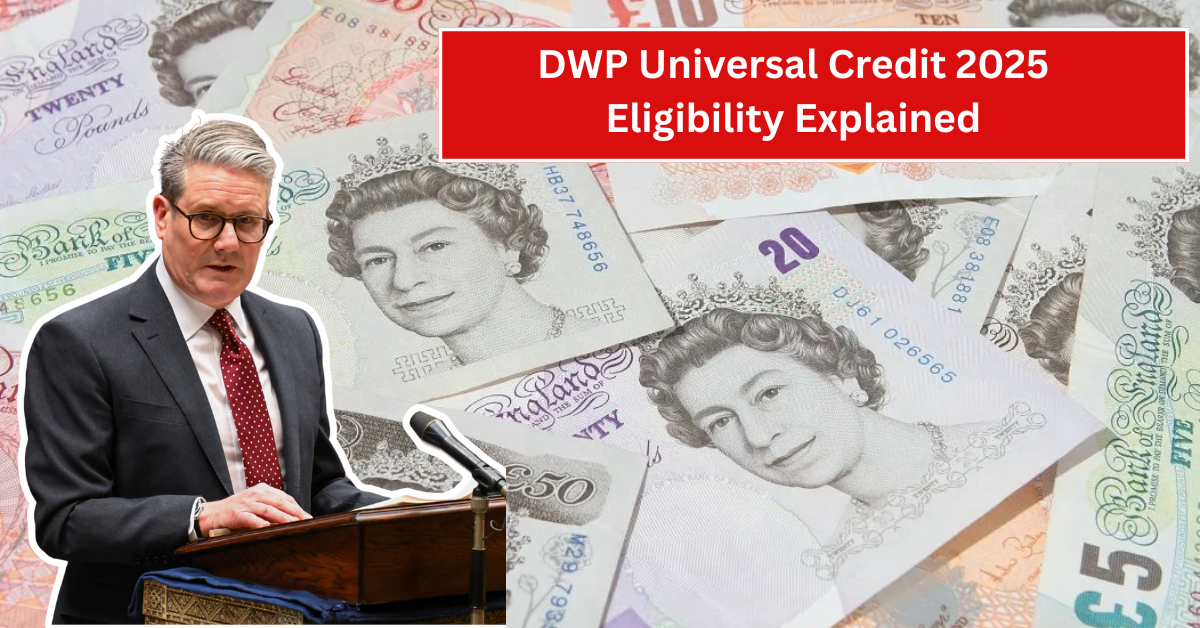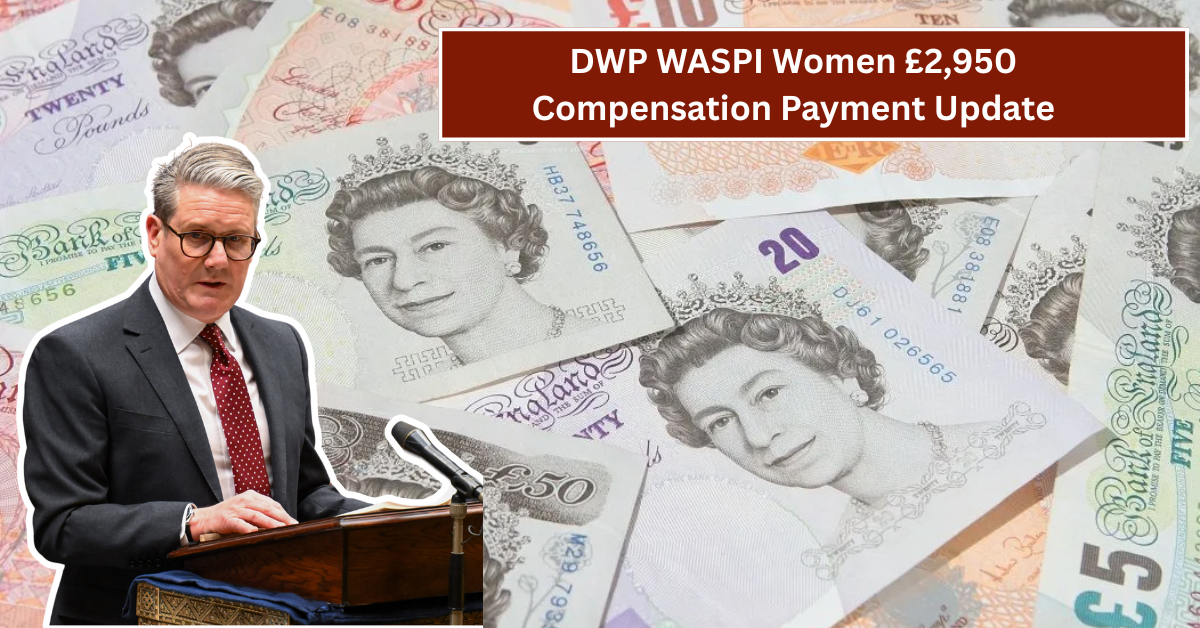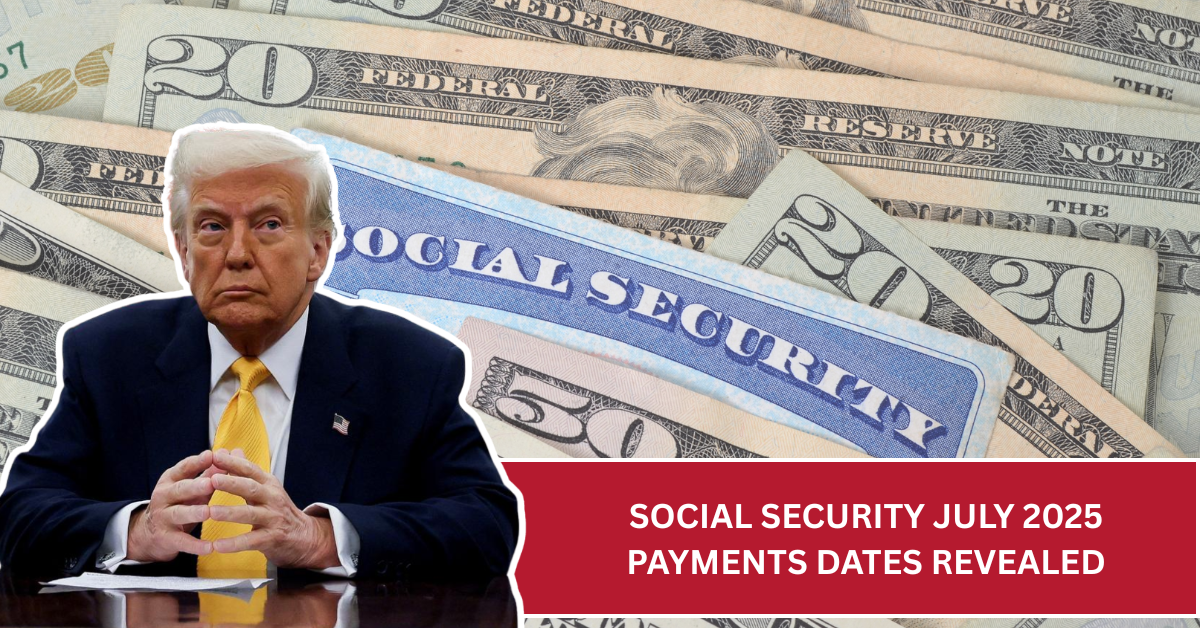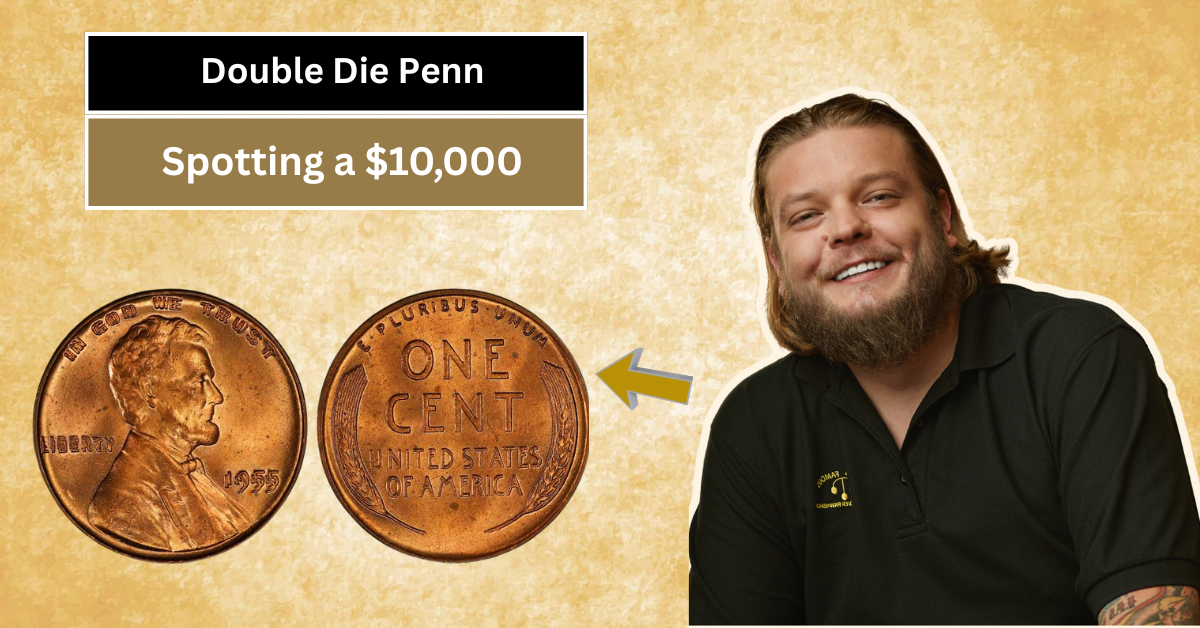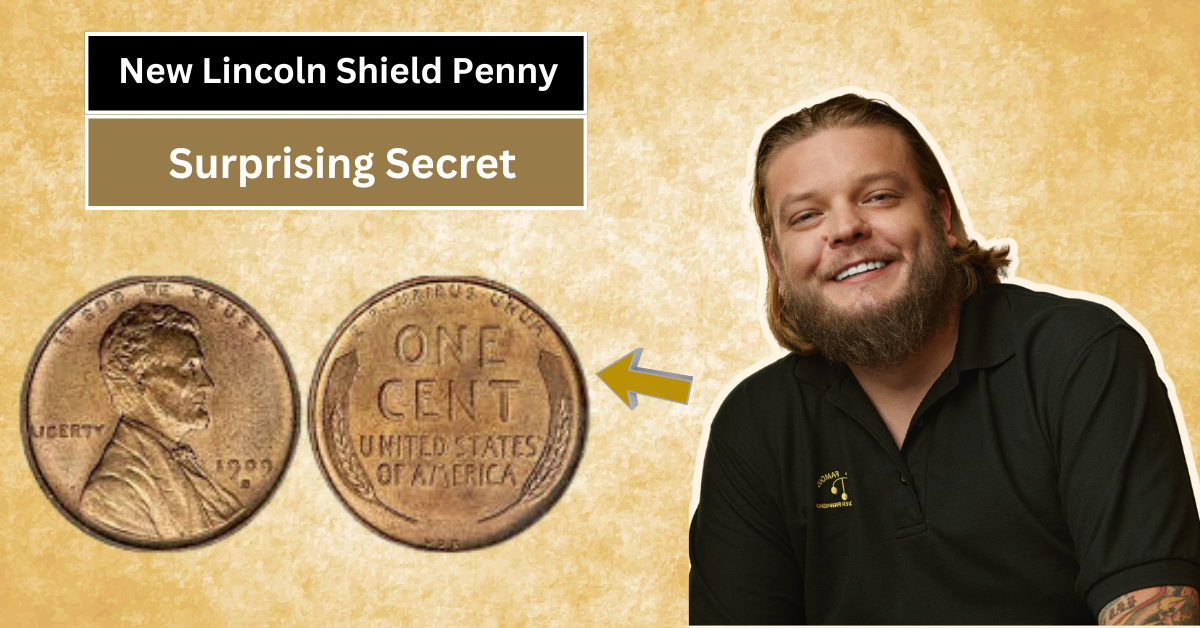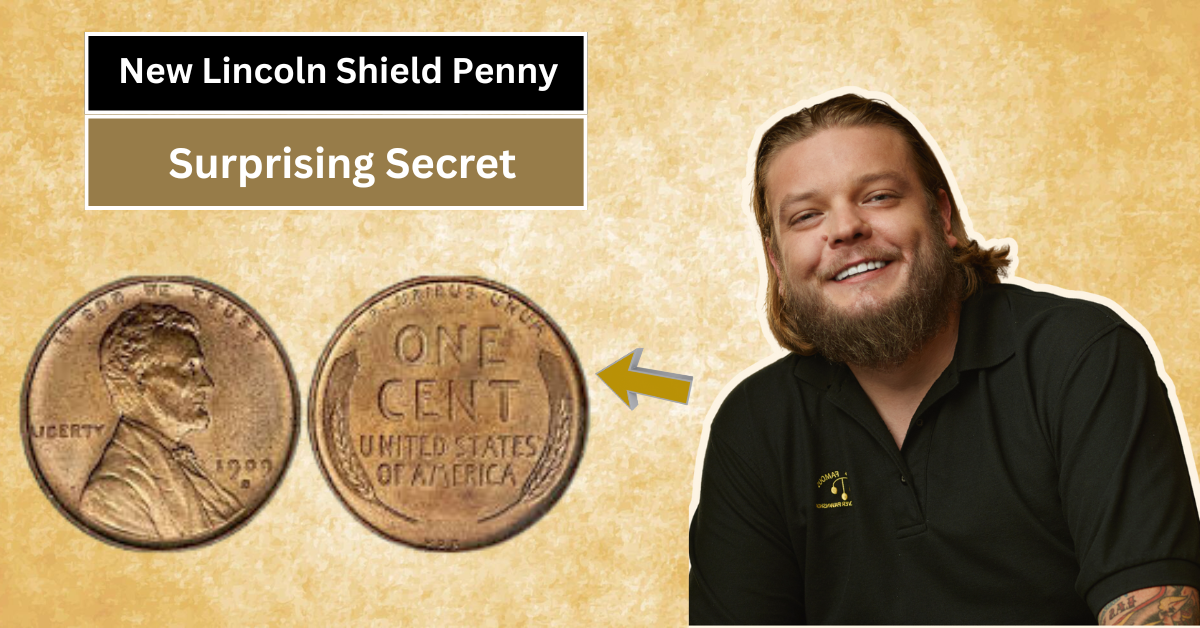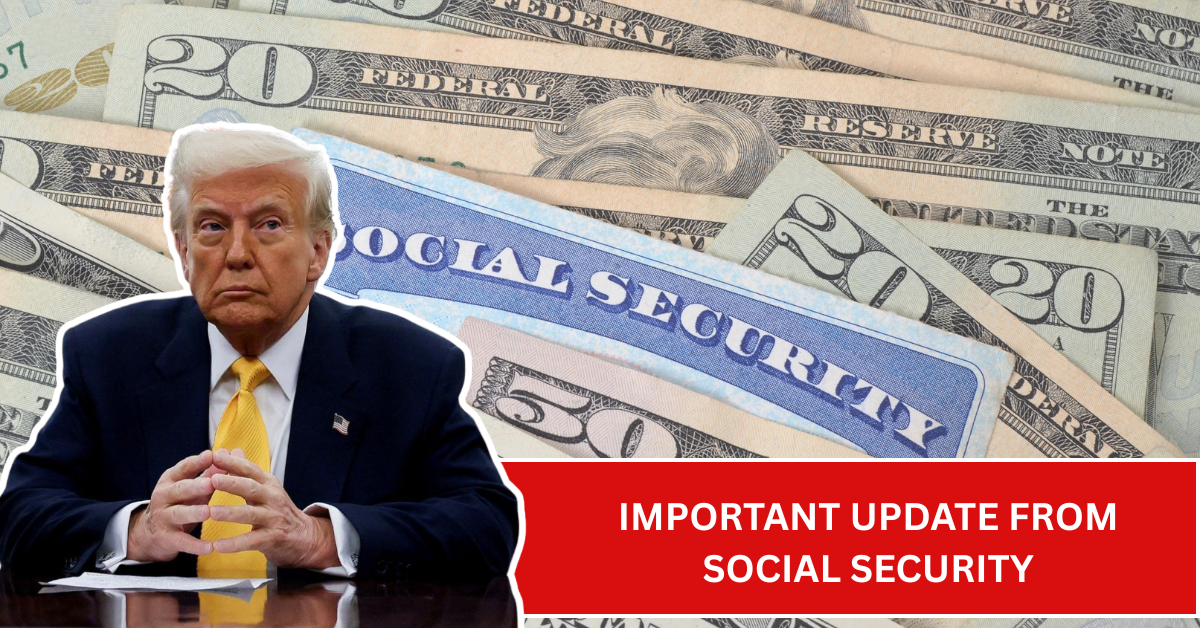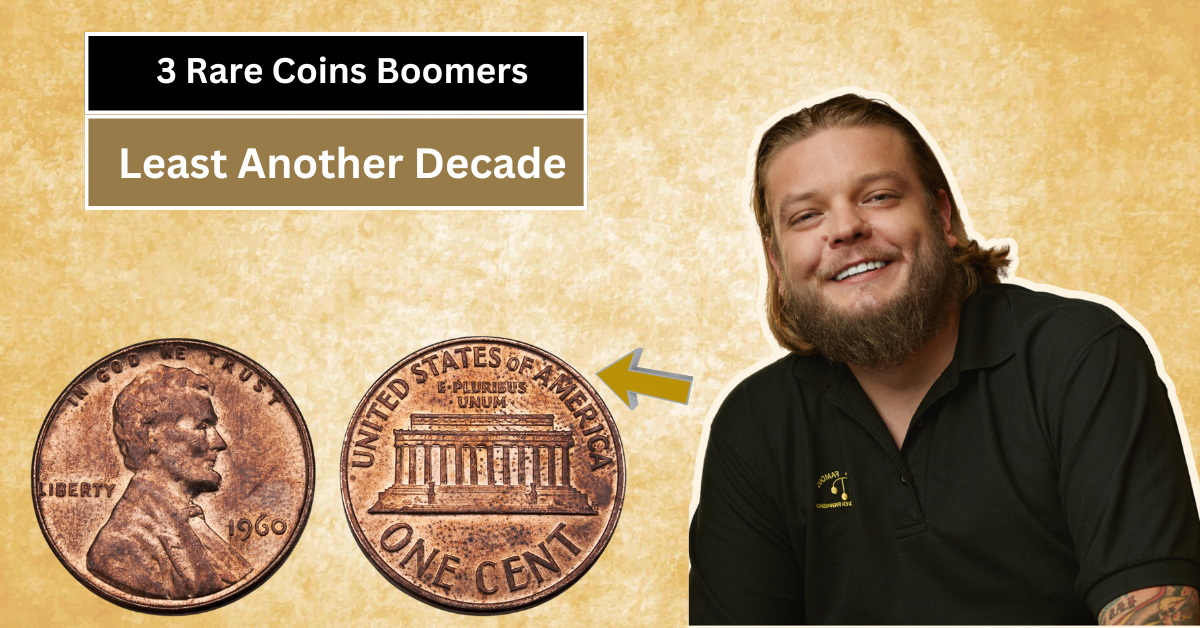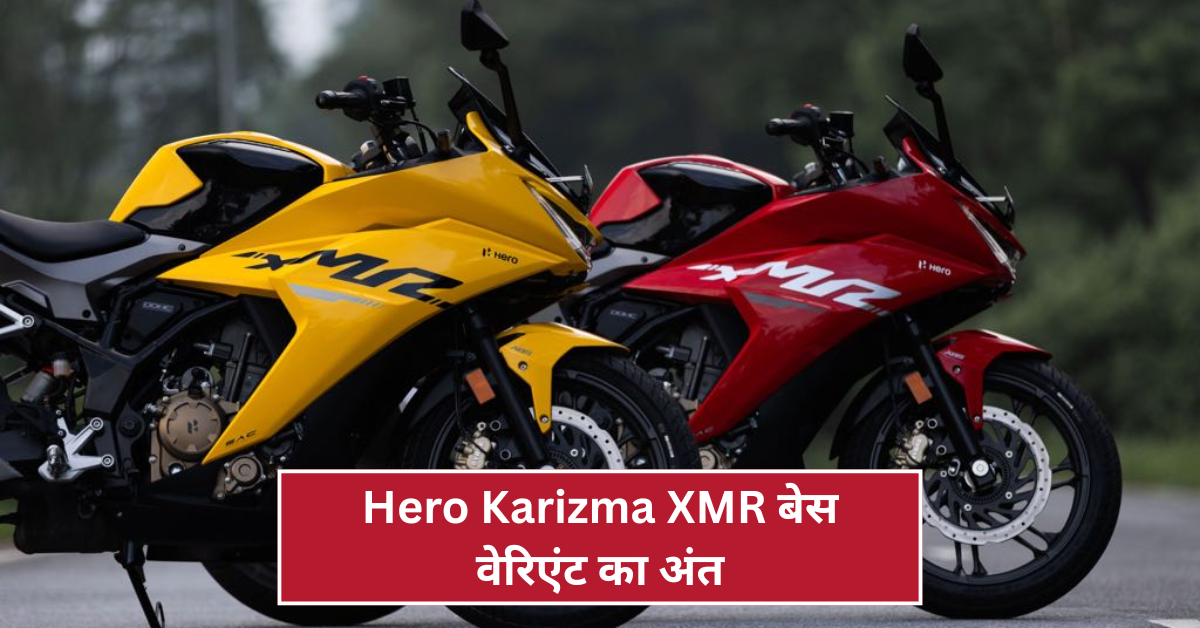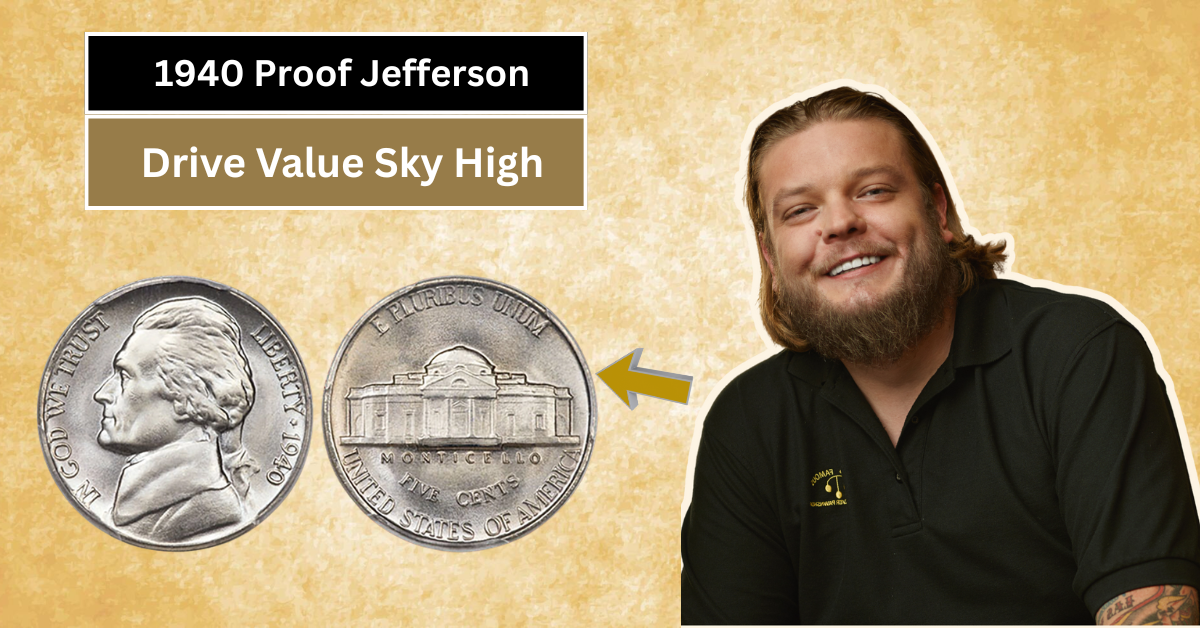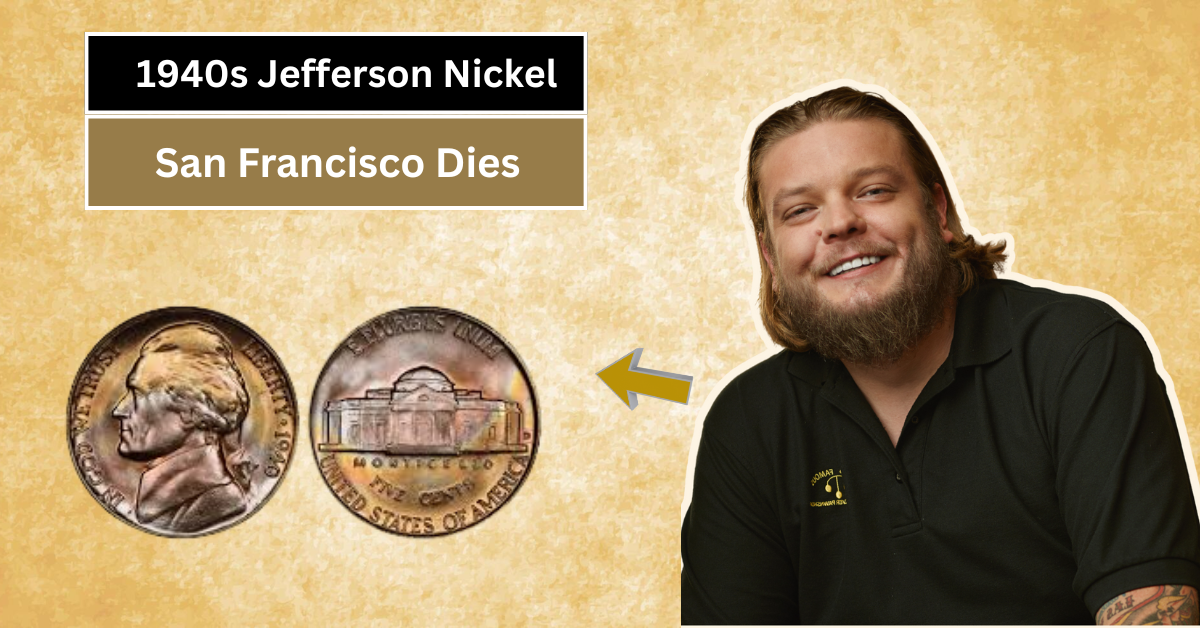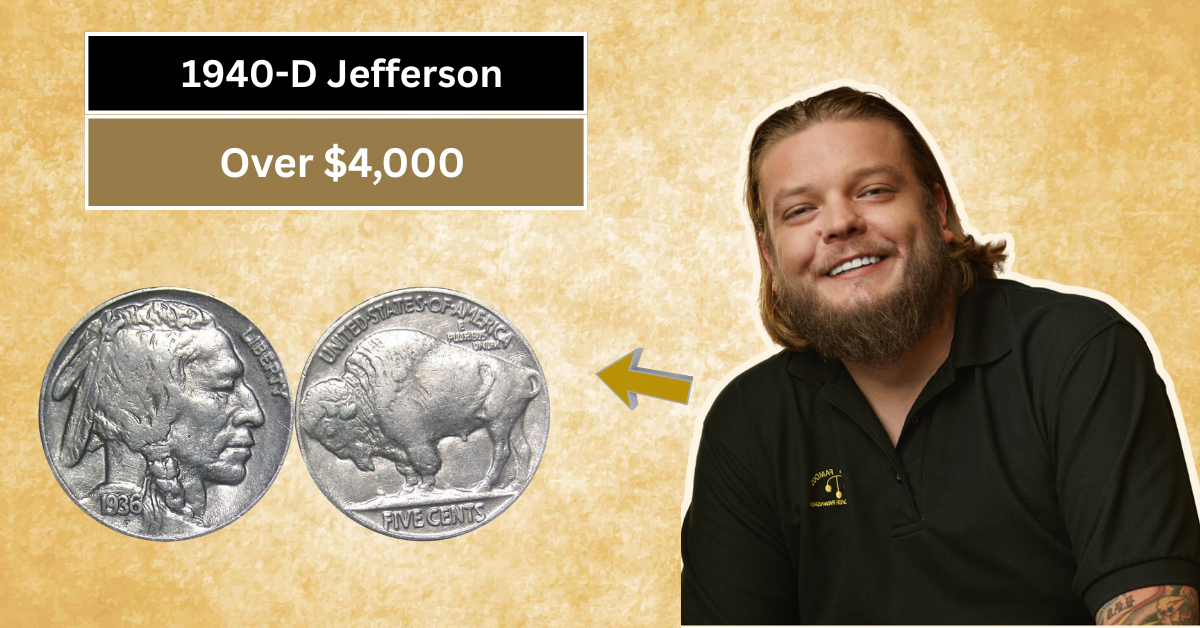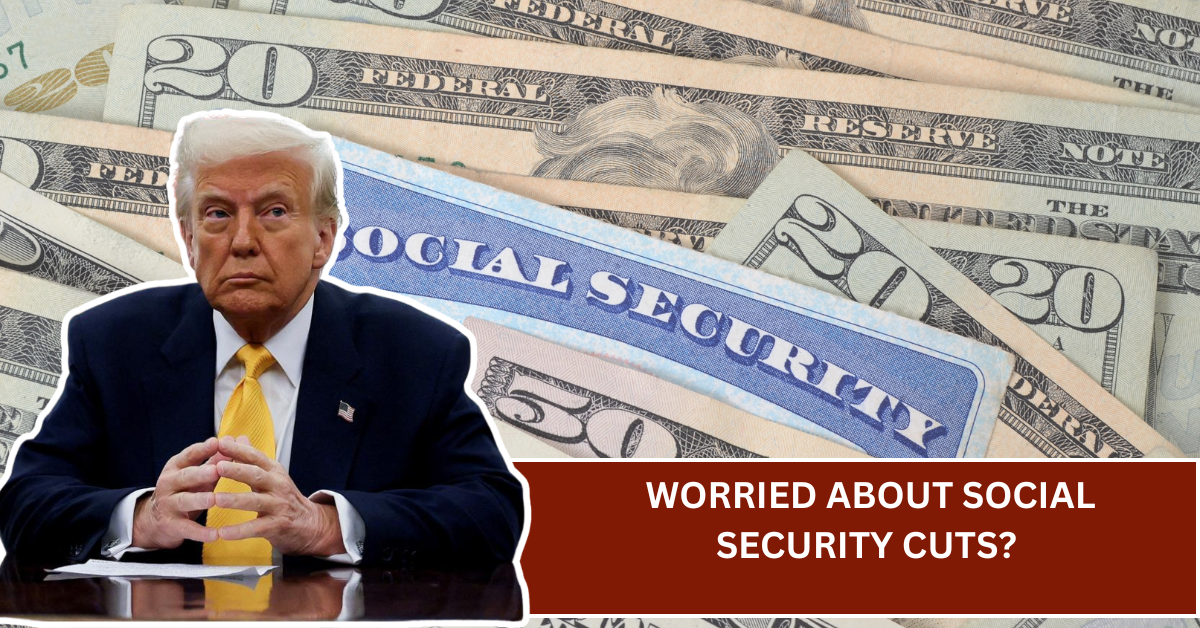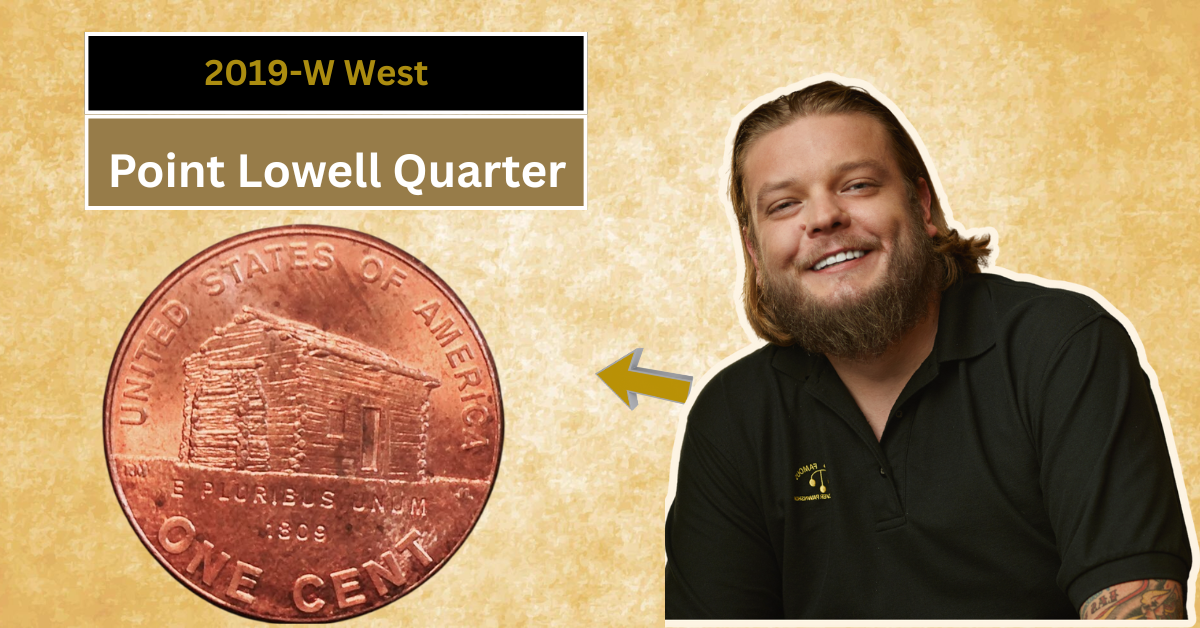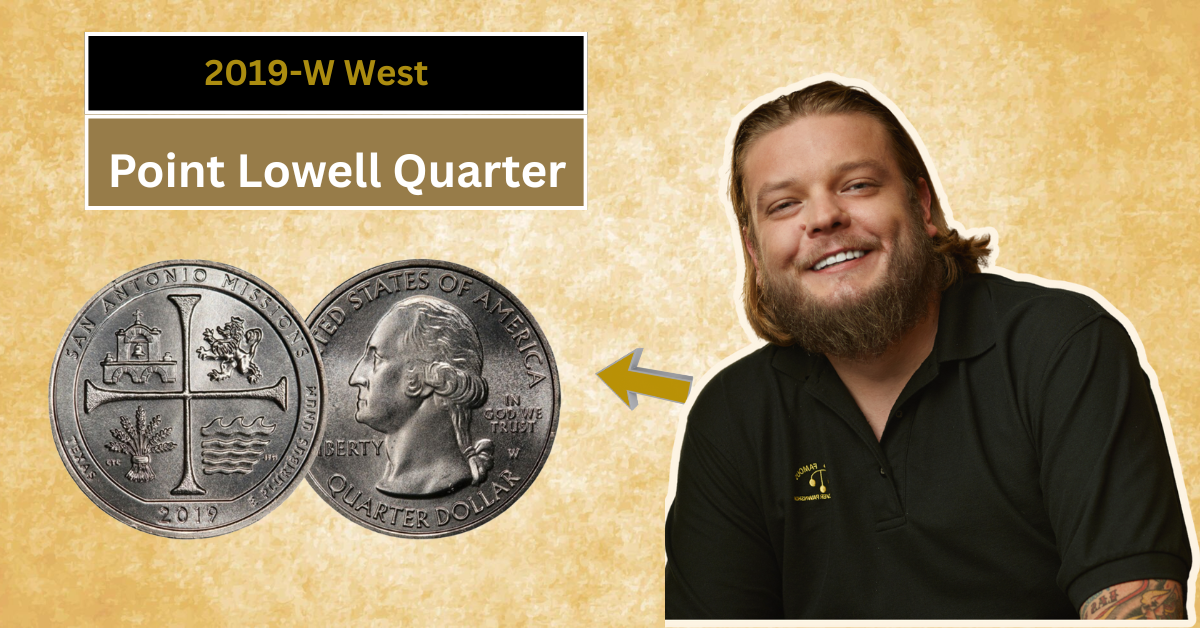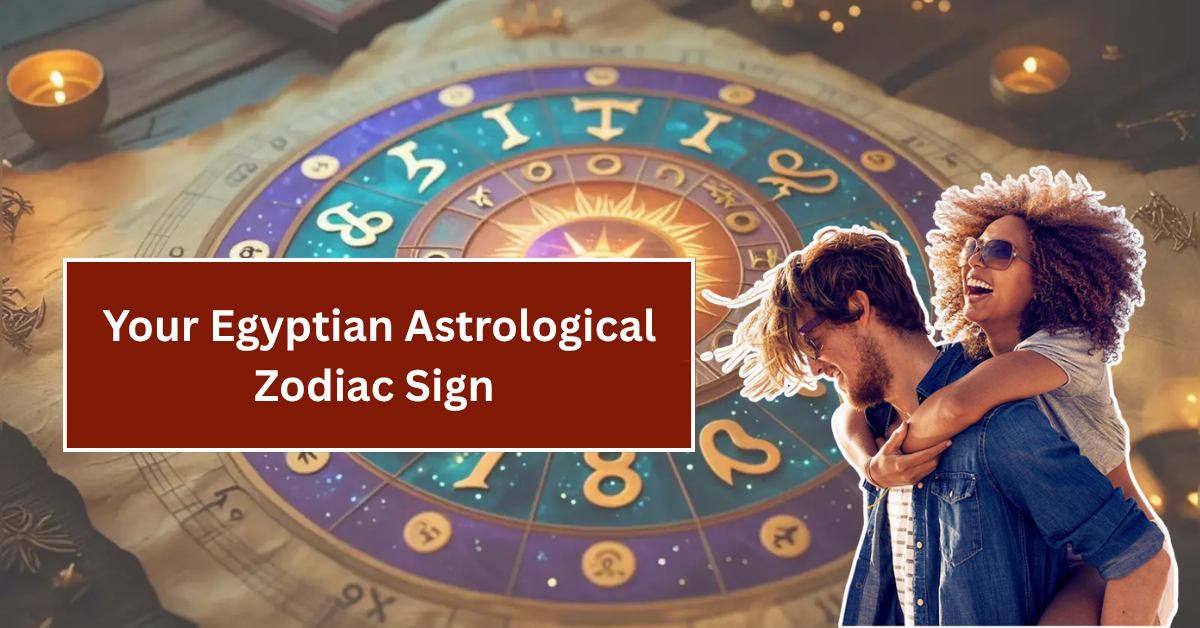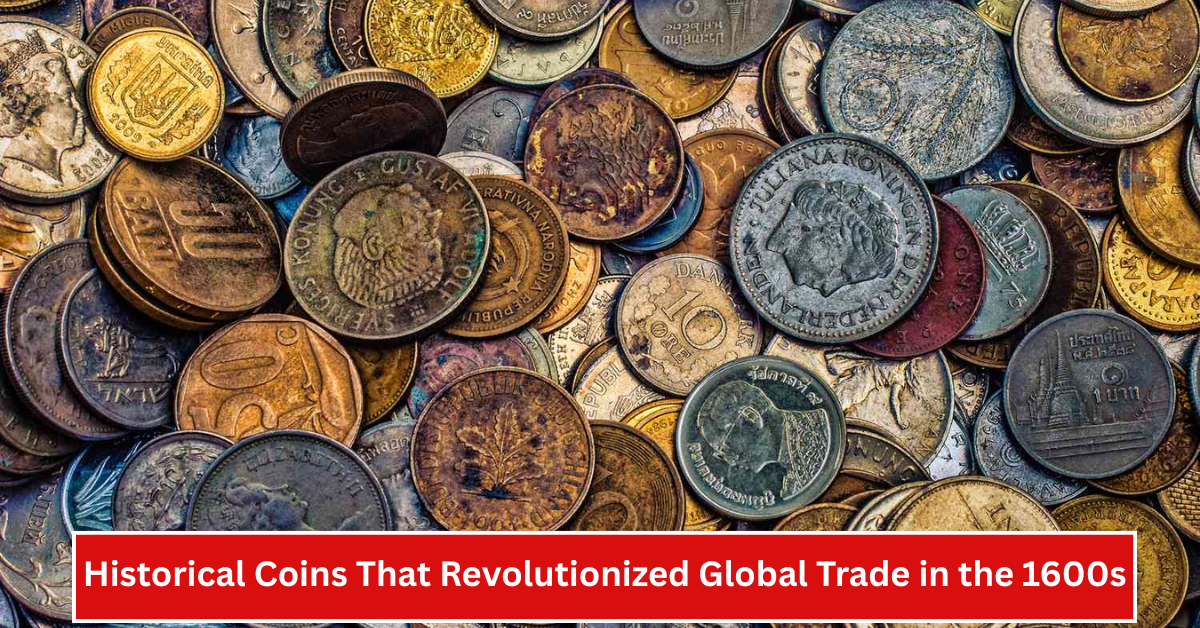
The 1600s was a fascinating time for global trade. As new sea routes opened and empires expanded, coins became more than just money—they became symbols of trust and power. Several coins stood out by shaping trade across different continents. These coins helped merchants, sailors, and traders deal with currency differences and boosted international business.
In this article, we will explore five important coins from the 1600s that changed the way the world traded. You might have heard about some of these like the Spanish Pieces of Eight or the Maria Theresa Thaler. Understanding these coins is like unlocking a key part of our history, showing how money truly linked nations together.
Spanish Pieces of Eight – The King of Global Currency
This Article Includes
- 1 Spanish Pieces of Eight – The King of Global Currency
- 2 Dutch Lion Dollar – Trusted by Asian Traders
- 3 Maria Theresa Thaler – A Coin That Outlived Centuries
- 4 English Silver Shilling – England’s Step Into Global Trade
- 5 Ottoman Akçe – The Currency of a Vast Empire
- 6 Conclusion: How These Coins Connected the World
The Spanish Pieces of Eight, also known as the Spanish dollar, were silver coins that became the most widely used currency during the 1600s. Minted by the Spanish Empire, these pieces became popular because of their consistent weight and silver quality. They were accepted almost everywhere, from Europe to Asia, making trade easier across regions.
These coins earned the nickname “pieces of eight” because they were worth eight reales, and they could be physically cut into eight pieces to make smaller change. Traders loved this flexibility. Even in India, Spanish coins were valued by merchants dealing with spices and textiles, highlighting how widely these coins were accepted.
Dutch Lion Dollar – Trusted by Asian Traders
The Dutch Lion Dollar was a silver coin minted by the Dutch Republic, also known as the United Provinces during the 1600s. It became popular in Southeast Asia and the East Indies, regions where the Dutch had strong trading influence. The coin was admired for its stable silver content and clear design featuring a lion.
Asian traders, especially in places like Indonesia and Vietnam, preferred the Lion Dollar for its reliability. This trust allowed the Dutch to compete with the Spanish and Portuguese and build their own trading empire. The Lion Dollar helped link Europe and Asia in the growing global trade system.
Maria Theresa Thaler – A Coin That Outlived Centuries
The Maria Theresa Thaler was first minted in the late 1600s but became famous in the 1700s. It was named after Empress Maria Theresa of Austria. This silver coin became a preferred trade currency in Africa, the Middle East, and even parts of India, thanks to its consistent silver content and trusted weight.
What makes the Maria Theresa Thaler interesting is its long-lasting influence. Even today, coins with this design are still produced for trade in some regions. For the 1600s, its origins and craftsmanship laid the foundation for its global acceptance in later centuries.
English Silver Shilling – England’s Step Into Global Trade
During the 1600s, England was growing as a trading nation, and their silver shilling coin played a key role in this rise. The shilling was a smaller denomination silver coin used widely across England and its colonies. It helped English merchants trade goods like cotton, sugar, and spices internationally.
While not as globally dominant as the Spanish or Dutch coins, the English silver shilling gained importance in colonies such as India and the Caribbean. This coin paved the way for England to become a powerful player in global commerce in the following centuries.
Ottoman Akçe – The Currency of a Vast Empire
The Ottoman Akçe was a small silver coin used in the Ottoman Empire during the 1600s. As the empire controlled important trade routes between Europe and Asia, the Akçe was widely accepted in parts of the Middle East and North Africa. It facilitated trade in spices, textiles, and other valuable commodities.
Though the Akçe lost some value over time, it was essential for daily commerce in the empire’s territories. For traders in India and beyond, understanding coins like the Akçe helped navigate complex trading networks connecting East and West.
Conclusion: How These Coins Connected the World
The coins of the 1600s were more than just money—they were tools that made global trade possible. From the Spanish Pieces of Eight crossing oceans to the Dutch Lion Dollar trusted by Asian merchants, each coin tells a story of commerce and cultural exchange. Even the Maria Theresa Thaler and smaller coins like the English shilling and Ottoman Akçe played key roles in linking continents.
For young readers and curious minds, knowing these coins helps us see history through the lens of everyday trade and money. They remind us how the world became connected long before modern currencies and banks, building the foundation for today’s global economy.

